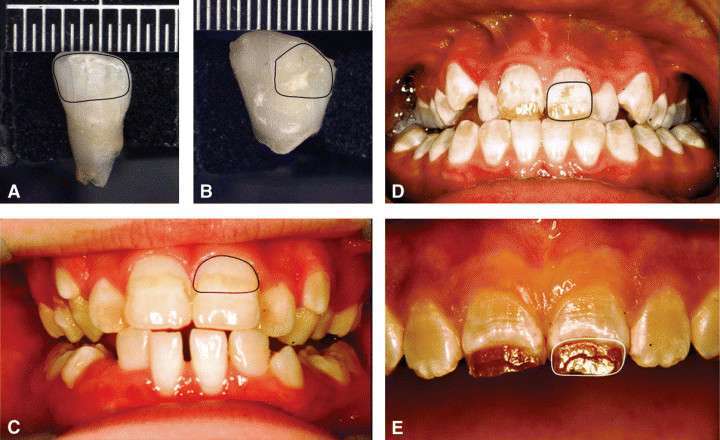Enamel Hypoplasia is a type of defect of the enamel. Hypoplasia occurs when developing both permanent and temporary teeth in babies and adults. The teeth often decay during the process.
Causes of Enamel Hypoplasia.
- Enamel hypoplasia can be caused by both hereditary and environmental factors.
- Some of the environmental factors include;
- premature birth
- Vitamin D deficiency during pregnancy
- The trauma brought about by growing teeth
- Bacteria and virus infections
- A pregnant mother who is an active smoker.
- Multiple births
- Malnutrition
Enamel hypoplasia may appear as a white spot on the enamel, a stain that is yellowish-brown in color, or a thin or chipped enamel with missing parts when severe.
Prevention of Enamel Hypoplasia.

The main preventive measures are as follows:
- One should brush at least twice a day and rinse with lukewarm water.
- While brushing ensure that the brush used is soft and gentle on the enamel.
- Ensure dental checkups are at least made twice a year or if the condition is severe every 3 months is recommended.
- The fluoride concentration in water should at least be 4.0 mg/l.
- Minimum use of sugary drinks and foods.
Treatment.
- Tooth bleaching is mostly done to neutralize the tooth color. The product used is a tooth gel that is applied for about 40 minutes for several sessions for it to clear out.
- Stainless steel crowning is often suggested to kids since it’s less costly and installed only once and doesn’t need several appointments.
- Tooth bonding is where a durable plastic material is applied and bonded with the teeth to make them look more like a person’s teeth.
- Use of veneers which are colored tooth shells often installed on the front surface and can last 10-30 years from the time of installation. A dentist may recommend crown restorations to cover the affected area.
- use of resin-bonded sealants which are thin layers of resin placed on the molars to prevent tooth decay and can last between 4-8 years.
- Kenya Medical Training College, courses, requirements.
- Bay head elementary school history, enrolment, programs offered.
- A list of special secondary schools, and contacts.
- Kenya Institute of special education, courses.
- Public Universities in Kenya
- List of Best private secondary schools in Nairobi County.
- List of best private primary schools in Kirinyaga County.